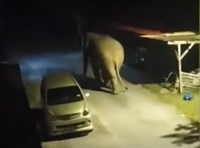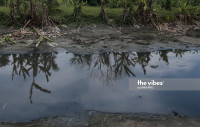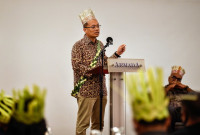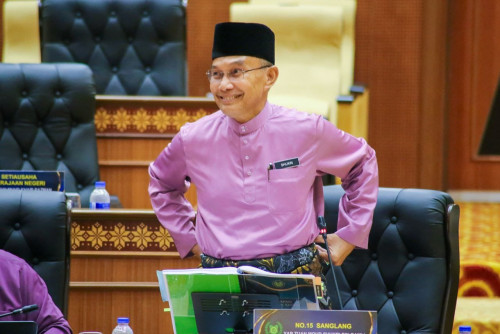KUALA LUMPUR – While we enjoy new highways and railways, we are also splitting the homes of wildlife animals such as elephants and tapirs into fragments, shrinking the size of their habitat.
What can be done to minimise the impact of development on wildlife animals?
According to the executive director of the Malaysian Nature Society (MNS), I S Shanmugaraj Subramaniam, awareness is the key.
He said development is inevitable, and we could not stop it just because we want to protect wildlife. But there are ways to minimise the impact on wildlife habitat, such as the construction of pathways for the animals to cross.
“While this has been done, and could be done more, we are facing other problems such as poachers who could easily wait at the end of these animal tunnels to catch the wildlife. We also have developers or decision-makers who reject our proposals because they would cost more.
“So it all comes to awareness of the people about the importance of humans living in harmony with wildlife. I really think that if people are educated in this, we could make a change.
“People need to know that even though they are not involved in wildlife conservation, they can play a part in wildlife conservation.”
Subramaniam said this as one of two panellists during the Monday Talks organised online by the Alliance Française de Kuala Lumpur Embassy of France in Malaysia on Monday night. It was entitled: Conflict in Malaysian Forests: The Story of the Tapir and the Elephant.
Speaking on tapirs, an endangered animal on the brink of extinction, he said that roads and highways in the peninsula have been causing great harm to them.
Not only that the roads have split their homes into smaller patches, but there have also been frequent deaths of tapirs on the road.
“From 2015 until 2020, a total of 92 tapirs have been killed on road. The tapir has poor eyesight, so when they are flashed with a vehicle headlight, they often stay static and don’t move. With their black and white colours, they often become victims of roadkill,” he said.
Elephants belong in the forest
Another panellist, Dr Nurzhafarina Othman, director cum founder of Pertubuhan Pemuliharaan Biodiversiti Sabah said other than understanding the behaviours of the wildlife, it is also important to understand humans. Seratu Aatai focuses on pygmy elephant’s conservation in lower Kinabatangan, Sabah.
“As a wildlife conservationist, I feel that not only human-wildlife conflict should be discussed, but also human-human conflict. I have met people who love elephants, and people who truly despise them for damaging their properties and crops.
“Some palm-oil estate owners are also scared to have the elephants going into their plantations because if an elephant dies in their compound, they will be investigated.
“Because of these, a lot of people think that the elephants belong in the forest, and should stay in the forest. The truth is, an area that is suitable for agriculture or development, is also highly suitable for elephants.
“When a land is going to be developed, they will clear the trees, and the grass will grow. Elephants are attracted to such an area because of the food resources they found – grass – and they have more space to roam around.
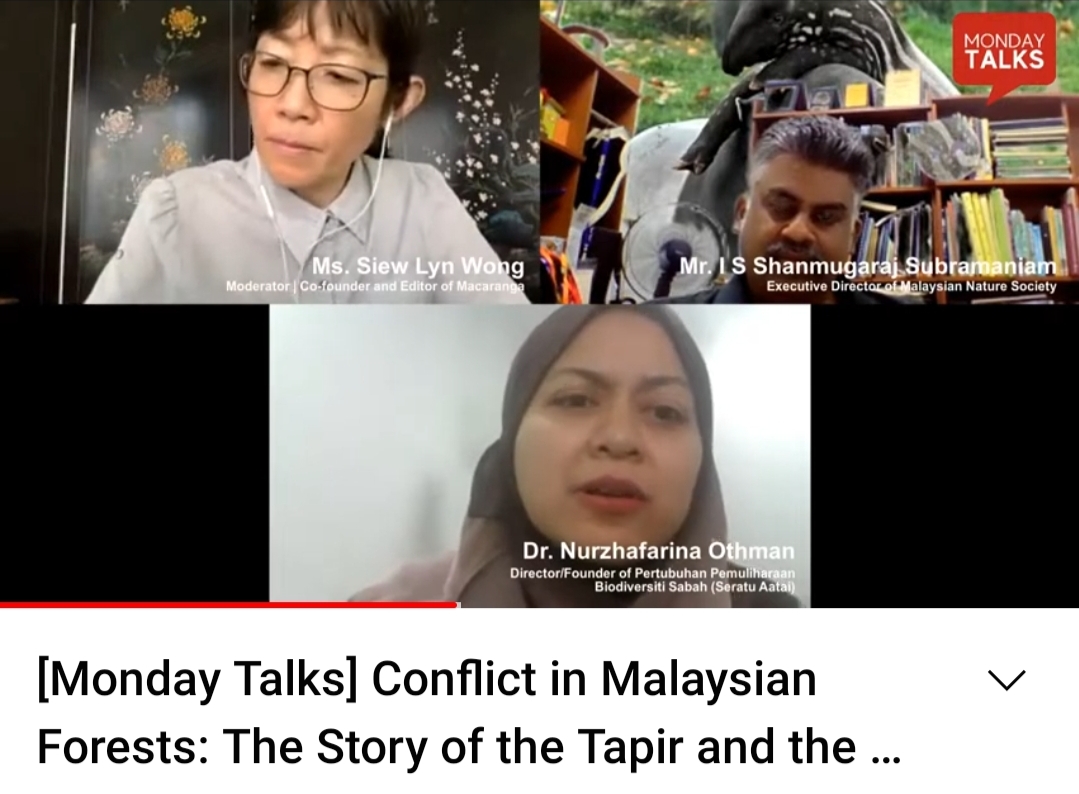
“So we must not blame the wildlife because that is their behaviours; especially male elephants that are known to be brave and unafraid of risks as long as they can consume a lot of food to build their body, to attract the females,” she explained.
Nurzhafarina said that it is important for people to understand the needs of all parties, including the people and the elephants, to develop a dynamic solution to solve the conflict.
On the Pan Borneo Highway that is going to cut through the forest to connect Sabah to Sarawak, Nurzhafarina said Seratu Aatai had proposed an alternative route that would be beneficial to the locals in Telupid, Sabah, as well as the elephants in the area.
She said the existing plan would have drivers going past Telupid and straight from Ranau to Sandakan. The alternative route she proposed ensures that people would stop by Telupid so that it will not become a dead town. It will still ensure that the elephants will have sufficient space for their habitat.
“We just need funding to make this happen, and we have been hoping to get support from the government to give a green light on this plan,” she said, adding that the proposal is available on Seratu Aatai’s website https://seratuaatai.webflow.io/
Solving human-wildlife conflict
Other than constructing alternative tunnels, paths and roads for the wildlife, the panellists think that sustainable reforestation is also important.
Both panellists emphasised monitoring and maintaining the trees after a planting programme, and making sure that they are planting the trees in a suitable area that would benefit the wildlife.
“For example, if we want to keep the animals closer to the forest reserve, we plant trees that they like or feed on closer to the forest reserve, to get them away from development, plantation or housing areas,” Subramaniam said.
Nurzhafarina said there is no point for the government to plant hundreds of thousands of trees if we are not going to monitor the trees and ensure that they grow.
Both non-governmental organisations MNS and Seratu Aatai believe that the government should look into the proposed alternatives to create a balance between economic development and wildlife habitat.
“There is no silver-bullet solution to solve this conflict; everyone has to play a part to contribute.
“We must acknowledge that it is our responsibility as Malaysians to protect the wildlife because if we lose them (endangered wildlife) now, we will lose them forever,” Nurzhafarina added. – The Vibes, June 30, 2021



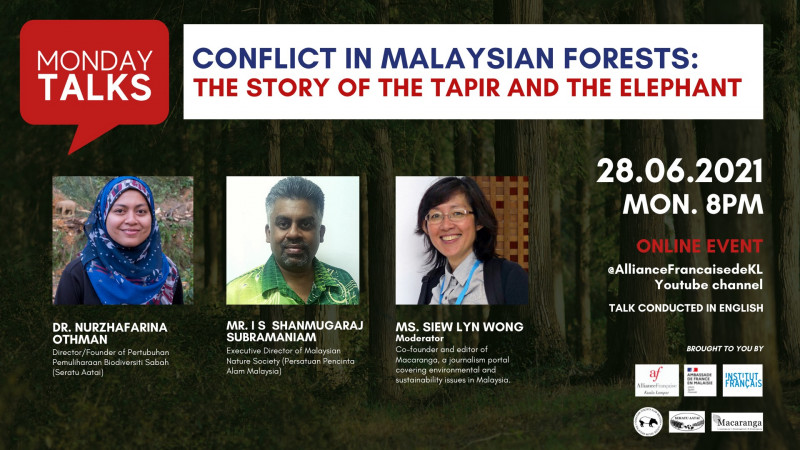

.jpeg)
